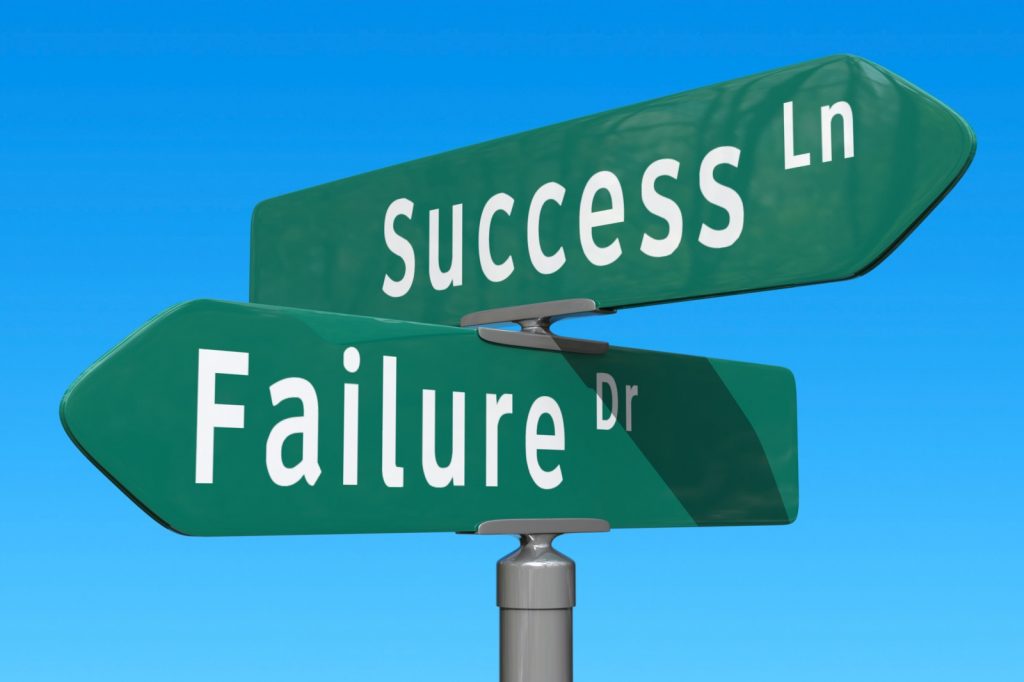
The Human Condition and the Kodak Problem….who’s next? How about climate change?

Have you noticed that certain people and certain companies seem to always be just a step ahead of rest? There are countless enterprises (which are easier to critique than mere mortals) which had enjoyed, such a lead, such a commanding market dominance, that it would have seemed a heresy, at a time, to even suggest that this dominance would not only fade and disappear. But, for some of these enterprises, it’s clear that in retrospect, their decline was a mathematically predictable near-certainty.
In the 1950s and 60s, it would have been socially unacceptable to suggest that Woolworth’s: the nation’s leading ‘five and dime’, would eventually fade into irrelevancy. The same can be said about Sears (ticker symbol S), so ubiquitous and powerful that it joined the elite ranks of AT&T (T), Citigroup ©, and U.S. Steel (X) as companies whose stocks were designated a single letter for trading.
Or consider the said decline of GE, which, at the time of its founding (and for many decades hence) was not only the leading technology innovator in the world but was routinely viewed as the most admired corporation in America. As everyone is aware, it is now a mere shell of its former greatness.
But perhaps the most spectacular flop of all time is Kodak, which at one time enjoyed a 90 percent share of the market for cameras and film. Back then, these were the tools used to take pictures and shoot movies. Then along came the A12 micro-processing chip, which powered the I-Phone. And the game changed forever. People can now snap infinite numbers of digitally processed pictures/videos of Arianna Grande on stage, on a multi-purpose, handheld device that currently processes 5 trillion calculations per second (in case you needed some help). The implications, of course, have been profound, but lost among them is the reality that Kodak, which once sported a $29B, evaporated to nothing by 2006 (a few months before the release of the I-Phone 1).

Historically, Kodak itself was a magnificent innovator, and its own engineers predicted the growth of digital photography. But sadly, by the time this dawned on them (the 1990s), Kodak founder George Eastman no longer ran the company.
So why would and management team or a corporate board allow such irrationality, fail to capture the opportunity that they themselves had identified? The answer is even sadder than a simple case of malaise. Instead, it lies in the realm of incentives. If a CEO has a contract to execute the wishes of his/her board of directors, the rational thing to do is to execute that plan — in order to receive the attendant economics contained in the employment contract. If, when Kodak declared that digital photography had arrived, and the management team and the board owned 100 percent of the company, it would be hard to imagine that a rational group would bury/ignore this proclamation. However, if you’re in Year 2 of a 5-year employment contract, one that features a large salary with bonuses tied to short term revenue growth and profits, the last thing you’re going to do is scream “stop the presses this ship is about to sink!” The CEO was on the ship but he didn’t own it. He was thus incentivized to view digital photography as an issue to be dealt with at a later date after he had harvested the full measure of his compensation.
In other words, it is often rational for an employee/CEO to think that ‘it’s not my problem; let’s kick this down the road”. Hmmm, sounds like bureaucracy at its most menacing. But if threats of technological disruption do not fall under the purview of the CEO, then who do they belong to? In a corporate setting, the answer to that question is the owners of the company, along with its employees, suppliers, community, etc. When they neglect to “own” their problems, the damage can be acute and widespread; real people get hurt and sometimes, very hurt. In the case of Kodak, the entire city of Rochester, NY relied on the company, and yet the ‘not my problem’ mentality continues to wreak havoc on a city that was a glorious success story for much of the 20th century.
As the amazing Steve Levitt once wrote, ‘an incentive is like a bullet, a key: an often tiny object with astounding power to change a situation’. So true. The finale for Kodak was bankruptcy: a $26B company at its highs ultimately went bust. An enterprise with an 80–90% market share in a thriving market sector was dispatched to the dustbin of obsolescence. How could this have happened? If the management team was, in fact, acting according to its incentives, it had scant motivation to shred the business model and to reorient the whole company towards digital photography. It is interesting to contemplate what might have transpired had they gone the opposite direction. Perhaps we wouldn’t have iPhones. Maybe Steve Jobs wouldn’t have seen this gap that he drove home with a ferocity that led Apple to become the most admired brand in the world. There’s a critical message here to business owners: if your enterprise isn’t driven by technology, in a very current way, you’re probably in a death spiral, and if you doubt this, just ask Kodak shareholders who were completely wiped out.
So what this all about? If you understand the concept of exponential growth curves (a principle which implies that properly constructed economic concerns have an opportunity to convert a linear expansion into exponential growth over a period of time), humanity is probably right at the bend in the curve which is followed by a nearly vertical ascent of growth. New technologies are arriving everyday which can help turn old problems into new opportunities of immense growth and return prospects. Consider the scariest and most pressing threats which challenge the sanctity and health of Mother Earth. The list begins with carbon emissions, industrial waste, food waste, misuse of water, and the associated need for a complete upgrade of the world’s infrastructure. It is a crime against humanity that 800 million people do not have access to clean drinking water. In fact, it’s a failure of technology. But more importantly, it’s a repeat of the Kodak story. Who owns the problem? Who owns the failure to hydrate and feed our brothers and sisters? When the response is ‘not my job, not my fault’ it is predictable that no one is likely to announce that they’d like to pay for the solution.

Wait, there’s good news! Because of the advances in technology, along with an odd trifecta of global public sector insolvency, extremely low-interest rates (we still have negative interest rates in the Eurozone and in Japan) and, not surprisingly, a very liquid private sector, we now have effective paradigms to solve these problems. If insolvent governments, forced to keep financing rates below natural levels, work with private institutions, the private sector can creatively attack the problems of climate change. Private enterprise can move more quickly than the government, and, again, it is awash with liquidity. We have trillions of dollars (oops Euros) invested in Zug Switzerland. It’s time to unleash the hounds! If no one owns the problem, we, the private sector, want to own the clean-up. We are our of time so let’s face facts. And let’s create new incentives to mobilize capital and technology to stamp out the hangover of the Industrial Revolutions!


